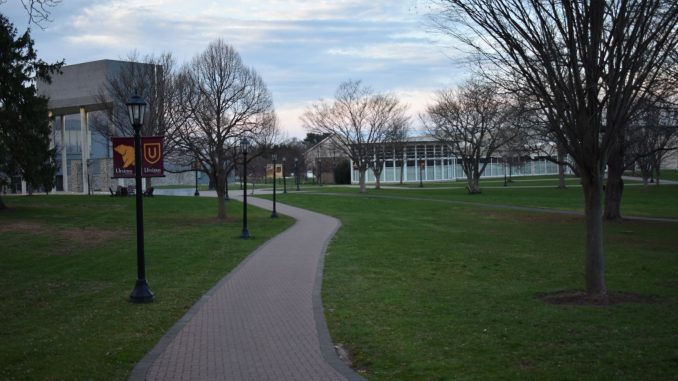
Daniel Walker
dawalker@ursinus.edu
As John Maus once sang, “times is weird these days.” Weird is an understatement: for all of us except the most hermit-y of hermits, our daily lives and the sense of normalcy and routine that accompanies them have been upended in the wake of a global pandemic. And for many of us, the prospect of what happens after the pandemic panic passes is just as frightening as what happens while the pandemic runs its course. Unemployment is already spiking, businesses small and large are closing down temporarily, and the overall economic future looks far from rosy. It’s a good thing none of us are entering the job market anytime soon, am I right?
There’s one aspect of our current/ongoing crisis that isn’t as dramatically dread-inducing as slow death by disease or the prospect of a second Great Depression, but it’s disillusioning and disheartening just the same. That aspect is the future of the arts. For who knows how long, the arts – be they theater, music, or painting/sculpting/etc. – have been dependent on the communities around them for financial support. As anyone who’s been to Ritter in the past couple years can attest, that funding can be slow to come from institutional sources. The recent shakeups and the nationwide wave of temporary closings that have occurred in the wake of the COVID-19 outbreak aren’t about to make things any easier – at the very least, things will get a lot harder before they get easier.
Beyond the monetary side of things, art is something that is meant to be enjoyed communally and publicly – which puts it in jeopardy for the foreseeable future. In an article for “The New York Times,” Robin Pogrebin outlines how institutions like the Metropolitan Museum of Art are projected to face massive financial losses in the months to come. The piece quotes Laura Lott, the president of the American Alliance of Museums, who calls attention to the fact that if even huge museums like the Met are potentially in jeopardy, small museums might be even worse off: “About a third of museums surveyed in the United States were operating in the red or close to it before coronavirus, Ms. Lott added; three-quarters have now closed and one-third will not reopen if the crisis continues.”
Everything from the hoity-toitiest museum to the multiplex by the mall is at risk. It doesn’t have to be like this, of course. If you’re reading this, you’re probably aghast at the notion of a world where close to 10% or more of this nation’s museums have permanently shuttered. If you’re not aghast, go ahead and stop reading. But the rest of you: if the stir-crazy quarantine posts I’ve been reading for the past *checks watch* eight years are any indication, this whole mess has taught us a lot about the value of community. The Met is circulating a petition urging Congress to provide artistic and cultural institutions with financial relief – a more worthy cause than the cruise ship industry, as I’m sure many of us can attest. Let’s all hope that, in the wake of this, those of us who are alive and well will remember and appreciate that which makes being alive so damn good. And accordingly, let’s do what we can to keep the arts alive. In uncertain times, they can serve as a balm to a fevered collective consciousness (no pun intended) and give people an outlet to express themselves – or, y’know a chance to escape the real world for a few moments.
